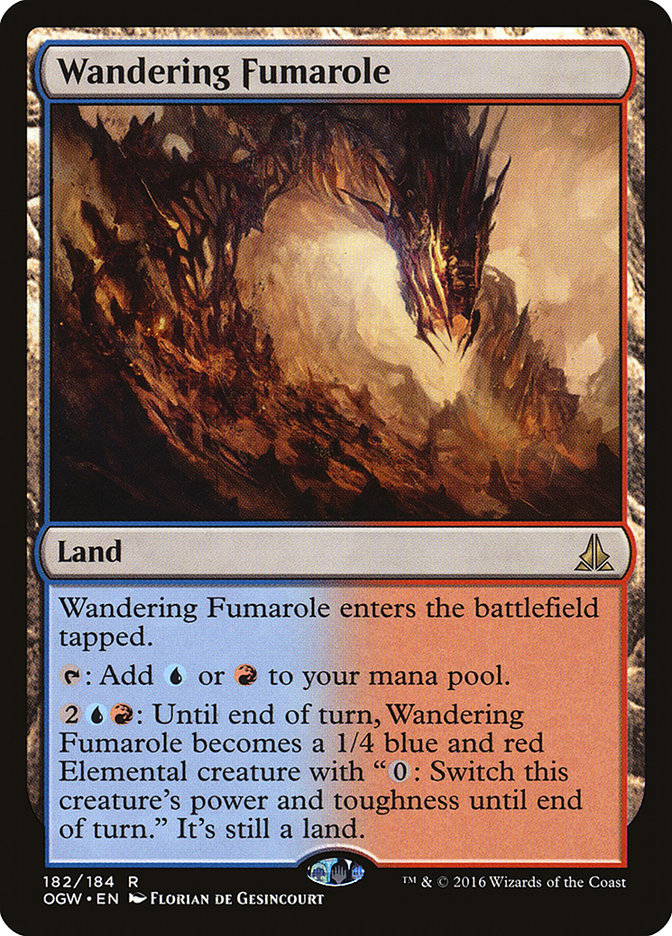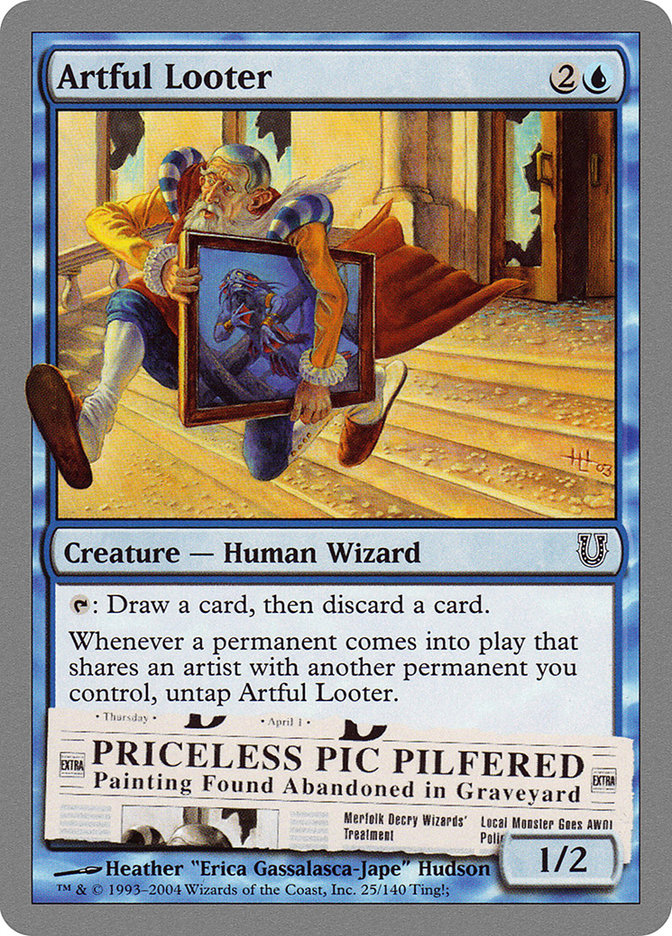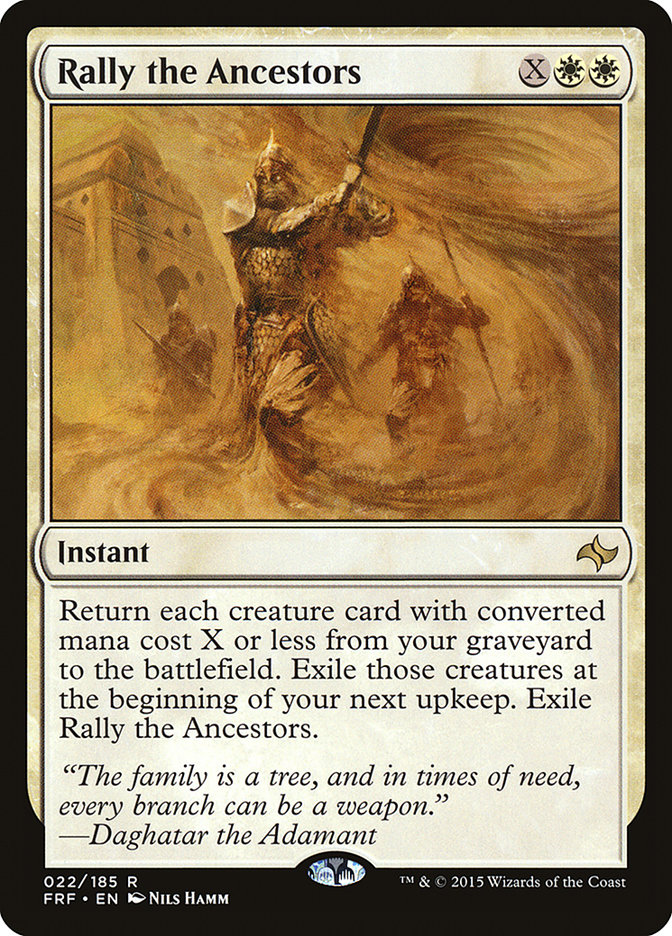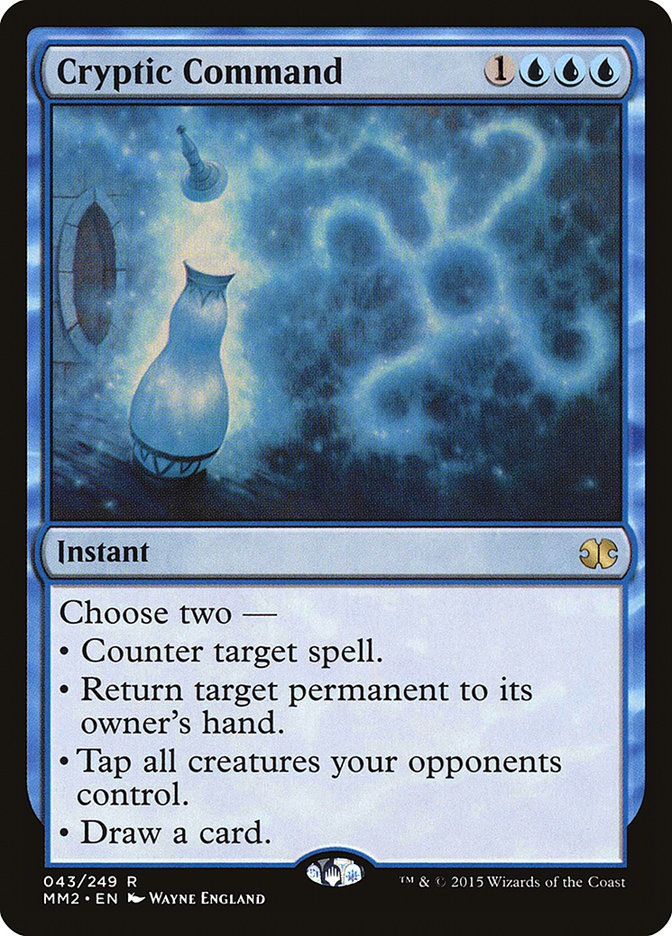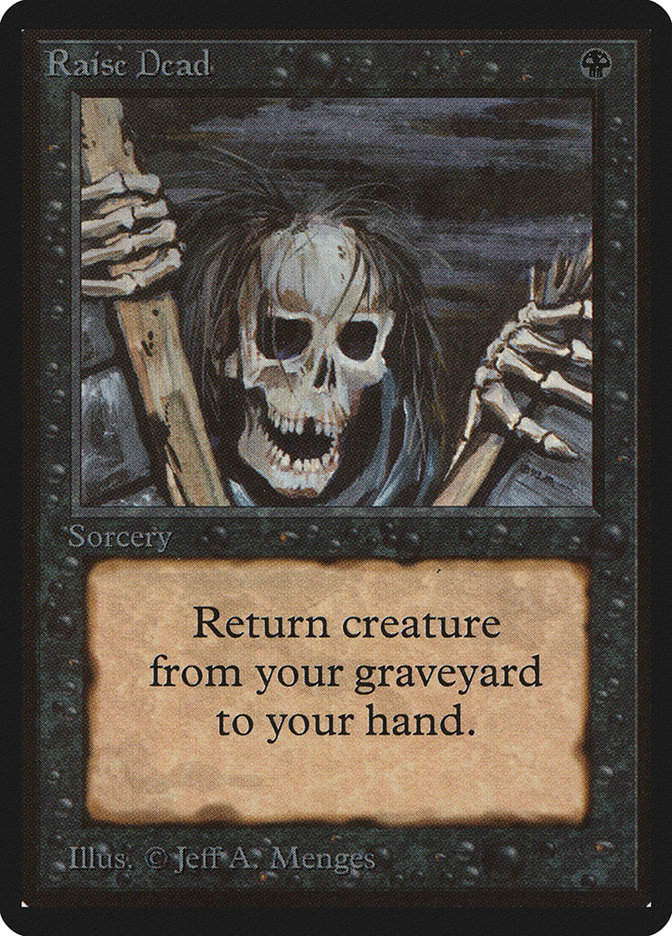Today I want to take a break from a regular strategy article and talk about a topic I have always been very passionate about: kids and Magic cards.
Back in the summer of 1993, my parents were walking through the mall and popped into The Game Preserve, the local game store, to look at chess sets. They didn’t find a nice chess set that day, but instead they came across something much more valuable. The manager excitedly showed them this game called Magic which had just come in. It was really fun, mentally engaging, and was selling like crazy. My parents decided to buy a couple starter decks each and try it out themselves. A couple games at home later and they were hooked.
A few months later, my dad started teaching me how to play. I wasn’t any good at the strategy yet… heck, I could hardly read most of the cards. But I could tell by looking at my elephant (War Mammoth), that it was a 3/3 and to not attack it into my opponent’s fire lady (Fire Elemental). I was having so much fun controlling an army of mystical monsters trying to best my mom or dad with their armies. Little did I know all of the valuable life skills I was picking up along the way.
It’s About The Math
Magic at its core is a game about numbers. Each creature has a number value attached to its power and toughness as well as its casting cost. By learning Magic, your kids will be able to understand how to do basic addition and subtraction very well. The math in Magic can be challenging for kids, but it isn’t overwhelming. On the surface, the most difficult concepts presented to players is arithmetic, usually not exceeding numbers greater than twenty, the starting life total.
It’s About Reading And Vocabulary Building
I started playing Magic when I was pretty young. I didn’t know what all of the complicated words on the cards all said, but I understood that you aren’t supposed to attack a Grey Ogre into a Hill Giant. Part of the motivation for me to start reading was that I wanted to know what the words on my Magic cards said.
There are an endless supply of great vocab words your kids will come across through Magic cards. Earlier this week, I was playing Magic with Jack, one of my students, and we came across this card.
Jack asked me what a Fumarole was, and I honestly had no idea myself. So we looked it up on Google and found out that a Fumarole was a crack in the Earth’s crust near a volcano that sulfuric gases escape from. Cool! Now my thirteen-year-old student knows a sweet new vocabulary word… and so do I! Magic is full of examples of cards like Wandering Fumarole, and when your kids play Magic they will continuously be presented with new challenging words to learn and add to their vocabulary. The best part about this is that like the complexity of the game, the complexity of the card names is scalable.
It’s About The Creativity
If you’ve ever tried to explain Magic to the uninitiated, you have probably heard the phrase “It’s like a mix between chess and poker” once or twice. While I love the connection to chess in this description, I am not as big a fan of the connection to poker. While tournament Magic may have similarities to poker, I don’t think elements of that game really show up as often in the kind of casual Magic that your kids will be playing. A comparison I really like to draw instead is that Magic is kind of like Legos.
Legos are one of my favorite kid’s toys because of the creativity they foster. If you take two 2×4 Lego bricks, you can combine them in forty-six different ways. Add more bricks and that number quickly skyrockets exponentially. The possibilities are as limitless as your imagination! You can build whatever you can think up.
Just like Legos, Magic is full of tiny little bricks that let you create anything you can imagine. Instead of little plastic bricks, your pieces are individual cards. Unlike Legos, however, Magic allows you to take your creations and battle them against your friend, your sibling, or your parent’s creations. The possibilities are as endless as your imagination!
It’s About The Art
One of the coolest parts about Magic is the wonderful pieces of artwork featured on each individual card.
Playing Magic will introduce your kids to this artwork, perhaps sparking inspiration in artistic fields. I have a friend I met at Magic tournaments when I was fourteen who is now a freelance fantasy artist. He worked on the TV show Archer for a while, and is well on his way to a successful art career. I would be willing to bet anything that the art he was introduced to on Magic cards had a huge role in his decision to pursue a career in art. Even if your kids may not take that road, exposing them to the arts is invaluable in raising a well-cultured child.
It’s About Critical Thinking And Problem Solving
Of all the amazing things that Magic has to offer, my personal favorite is that it teaches its players how to think.
When I was a student in school, I noticed that while there were many great programs to teach kids how to learn things there was a disturbingly low number of things that taught kids how to think for themselves. Magic is an amazing way to learn these skills. Each game of Magic is a unique puzzle to be solved. Sometimes the puzzles require an understanding of how to efficiently use your resources, sometimes the puzzles involve outside-the-box thinking. Different decks will present kids with different kinds of puzzles to solve, and being able to think on your feet is an invaluable skill for winning at the game.
I personally feel that these problem-solving skills translate magnificently into everyday life. Magic is a game with imperfect information (opponent’s hand, top of both players’ decks) against a thinking opponent to solve a complex problem. Life is the same way. Teaching kids how to think on their feet and to use their own judgement and problem-solving skills to overcome the obstacles they may face in their daily life is an invaluable skill that just doesn’t seem to be taught in schools.
It’s About Friends
One of the best things about any hobby is the ability to share it with the people we care about. Magic is no different. A great thing about Magic is that in order to play, you need two things: a deck and a friend. When people play Magic, they create social bonds and friendships over the game. I still have good friends I met when I was just a kid playing in my first Magic tournaments. The game has kept us together for years. When your kids play Magic, they will form and cultivate friendships that will last for a lifetime.
There are other games online that provide similar enrichment to Magic, but one of the things they lack and that Magic thrives in is socialization. Your kids will be learning all these things in an environment where they are talking to people instead of staring at a computer screen all day.
It’s About Fun!
This is of course by far the most important part of why Magic is so great for kids! The game has a universe of knowledge just waiting to be bestowed on them, but if your kids aren’t having any fun, they won’t want to learn it. People learn best when they are having fun, and Magic is about as fun as it comes. On the surface, the game is about summoning powerful minions and casting spells in order to vanquish an opponent. It’s a game to be enjoyed. When your kids are having fun playing Magic, they will eagerly eat up all the valuable lessons the game has to teach as well.
The Obstacle Of Complexity
One of the biggest issues you will face when teaching your kids how to play Magic, especially your little ones, is that it is a complex game. With almost twenty-five years of keywords and development added to the game, it is clear that taking your kids to FNM and plopping them down in a booster draft of the latest set is not the right way to go about teaching your kids the game. Luckily for us, the difficulty and complexity of Magic is scalable. You won’t want to start off teaching your kids how to play with these cards.
However, I’d be willing to bet that your nine-year-old could grasp the core concepts of the game if you are playing with cards like these.
Nothing fancy… just power, toughness, casting cost, and some basic keyword abilities like Haste, Flying, and Defender. Your kids won’t be able to play in FNM, but that’s okay! They’re just learning right now, and when they’re ready to add more complex card to their decks they will move at their own pace.
One of the best parts about building starter decks for your kids is the price tag. One of the tough parts about playing Magic has always been the price tag. Competitive cards aren’t cheap, everyone knows this. However, not only do these starter cards not have this drawback, they go in the complete opposite direction. These cards are downright cheap! I’m certain I could build a whole swath of decks that kids would have a great time playing for well under ten dollars a deck. That’s cheaper than a board game, much cheaper than football or hockey gear, cheaper than a video game, and the lessons your kids will be learning are invaluable.
Here are a few decks I built off the top of my head you could purchase right now for under $10 a deck to play with your kids.
Creatures (15)
- 2 Tundra Wolves
- 1 Angel of Mercy
- 2 Armored Pegasus
- 2 Suntail Hawk
- 2 Glory Seeker
- 2 Regal Unicorn
- 1 Ekundu Griffin
- 1 Siege Mastodon
- 1 Seraph of Dawn
- 1 Expedition Envoy
Lands (16)
- 16 Plains
Spells (9)

Creatures (14)
- 1 Air Elemental
- 1 Wall of Air
- 2 Prodigal Sorcerer
- 2 Phantom Monster
- 1 Phantom Warrior
- 2 Storm Crow
- 2 Horned Turtle
- 2 Glacial Wall
- 1 Goliath Sphinx
Lands (17)
- 17 Island
Spells (9)

Creatures (12)
- 1 Royal Assassin
- 1 Nightmare
- 1 Drudge Skeletons
- 2 Scathe Zombies
- 1 Gravedigger
- 1 Giant Cockroach
- 1 Blister Beetle
- 1 Vampire Nighthawk
- 1 Liliana's Specter
- 2 Typhoid Rats
Lands (17)
- 17 Swamp
Spells (11)

Creatures (15)
- 1 Shivan Dragon
- 2 Hill Giant
- 1 Goblin Balloon Brigade
- 2 Mons's Goblin Raiders
- 2 Raging Goblin
- 1 Furnace Whelp
- 2 Goblin Raider
- 2 Goblin Chariot
- 2 Boggart Brute
Lands (16)
- 16 Mountain
Spells (9)

Creatures (15)
- 2 Llanowar Elves
- 2 Craw Wurm
- 1 Thicket Basilisk
- 1 Ironroot Treefolk
- 3 Grizzly Bears
- 2 Giant Spider
- 1 Durkwood Boars
- 1 Crash of Rhinos
- 1 Trained Armodon
- 1 Orchard Spirit
Lands (16)
- 16 Forest
Spells (9)

These decks haven’t been tested for balance, but the idea is to keep the cards simple. Start by teaching them the fundamental rules of Magic, with vanilla creatures and very basic spells. As your kids begin to understand those basic concepts, start adding complexity a little bit at a time, basic keyword abilities and eventually trickier concepts like X spells. The better they can handle the more complex cards you introduce them to, the more new things they get to explore. They will get excited about getting new cooler cards, and they will have fun learning as much as they can. You can even introduce new cards to them in the form of a chore reward system! Timmy gets a booster pack or a Serra Angel to add to his deck if he takes the trash out every week.
It’s About Spending Time With Your Kids
Magic is a fantastic game, and your kids will love it just as much as you do. It’s a wonderful opportunity to spend quality time with your kids, and it will be an excellent supplement to their education. You don’t need to go out and buy your kids the latest Standard deck to be able to show them all the amazing things Magic has to offer. So go out to your local game store, pick up some bulk cards, and teach your kids how to play one of the most enriching games they will ever learn.




